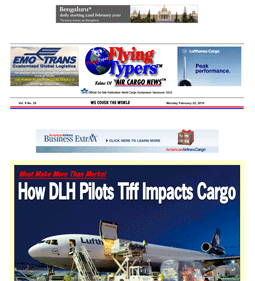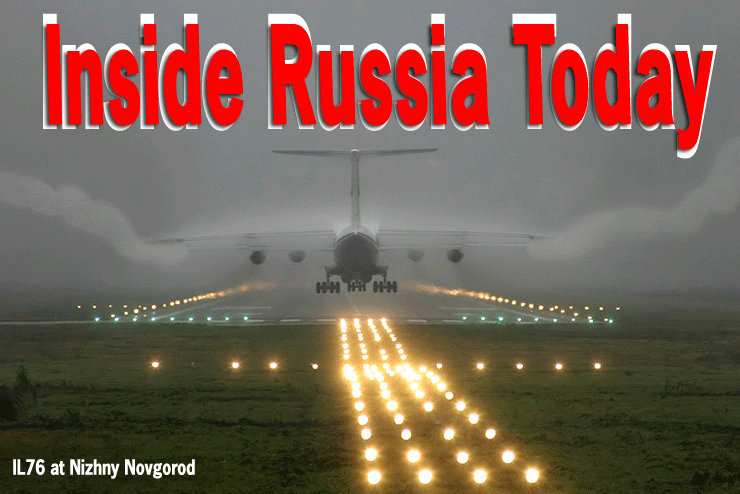

Ever more reliant on cheap foreign credit
and high commodity prices, Russia has been confronted with the inherent
flaws of its economic model through the economic and financial crisis.
The global credit crunch has provoked
a massive and abrupt capital flight, reversing the high capital inflows
of previous years, which fuelled a consumption and investment boom.
The price collapse of oil and other commodities
have inflicted a second severe external shock.
External shocks have been amplified by
structural weaknesses, plunging Russia into a widespread and deep recession.
Over the first nine months, Russia’s
GDP has contracted by 10% compared to last year.
Though still contracting by 9.4% over
the third quarter compared to the same period last year, the economy
grew slightly when compared to this year’s second quarter, indicating
that Russia is crawling out of recession as its terms of trade have
improved significantly.
For the whole of 2009 a contraction in
the vicinity of 8% is expected, compared to an average growth of 7%
over the past decade.
The current situation – defined
by such outdated capital goods -- require that the country undertake
a major investment push. It also reveals the country’s dependency
on foreign capital.
Despite a number of promising reforms
at the start of his tenure, economic policy during the Putin years focused
on the commodities sector and the reversal of the chaotic privatizations
of the nineties.
State enterprises are dominant in the
major sectors in the Russian economy. Ever-rising energy export revenues
have been used to create national champions in the commodities sector
and the heavy industry, while little attention has been paid to diversifying
the economy or improving the investment climate.
Anti-crisis measures have further increased
the share of the Russian State in the economy to more than 50%. Struggling
with an often outdated and inefficient stock of capital goods, Russia
is in dire need of large investments. Industries, which excelled in
Soviet times are falling out of step with technologically more advanced
competitors abroad.
As the country lacks deep domestic capital
markets for providing long-term financing, Russia depends heavily on
foreign investments. (See Story)
These are at a rather low level, however,
when compared to regional peers or other emerging markets.
The large capital inflows in previous
years were mostly composed of loans, not of more direct investments,
which tend to be more stable.
This explains the sudden and enormous
capital reversal Russia had to endure when international markets became
highly averse towards emerging markets and called in loans.
Investment needs are particularly high
in the vital energy sector. Although the country has vast oil and gas
resources, new capital-intensive reclamations are necessary to make
up for exhausting fields.
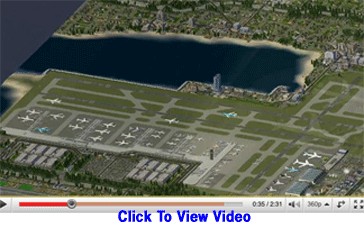 The
growth in oil and gas output has been slowing down and recently turned
negative. Red tape barriers, the overall investment climate and the
taxation system are to blame for lacking investment. The
growth in oil and gas output has been slowing down and recently turned
negative. Red tape barriers, the overall investment climate and the
taxation system are to blame for lacking investment.
Fiscal revenues, along with the ruble
rate, export numbers, economic growth and stock markets are all subject
to the whims of international oil prices.
Diversification of the economic structure
should therefore be a primary objective for Russian politicians. President
Medvedev recently described Russia’s raw-material dependency as
‘humiliating’ and ‘primitive’. It is doubtful,
however, that politicians will take action towards diversification given
the intertwinement of politics and the commodities sector.
The most pressing issue at the moment
is the banking sector.
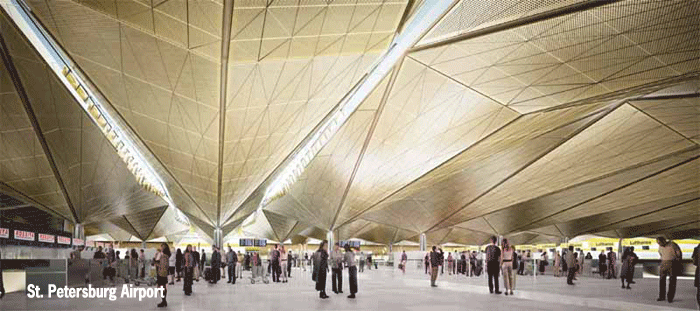 |
Russia has some 1,100 banks, many of
which are undercapitalized and are highly exposed to one sector or even
a single large company.
Massive government interventions have
allowed the sector to survive without major casualties. Asset quality
has been deteriorating, however, and could trigger a second round of
crisis in the banking sector. This would mean that lenders would further
freeze credit granting, resulting in slower recovery.
Anti-crisis measures taken by the government
entail the risk of budgetary deterioration, meaning a ballooning non-oil
deficit and the failure to replenish fiscal reserves needed to safeguard
the economy from future commodity price fluctuations. Existing reserves
are being depleted at present as the government scrambles to finance
the deficit.
The international crisis has uncovered
the profound flaws of Russia’s growth model and has confronted
the country’s leaders with several structural problems.
The sense of urgency seems to fade, however,
with the oil price picking up and Russia slowly moving out of recession.
This threatens to once more postpone radical but vital reforms, which
could in the long run result in economic stagnation.
The smartest foreign companies now operating
inside Russia are the ones who keep in mind that Moscow is not everything.
The Russian Federation comprises 83 regions.
They vary widely in terms of economic development, economic structure,
population size, land area as well as resource endowments.
By means of a rating on the regions’
potential and risk, analysts have identified a list of 9 regions with
the best investment climate in Russia.
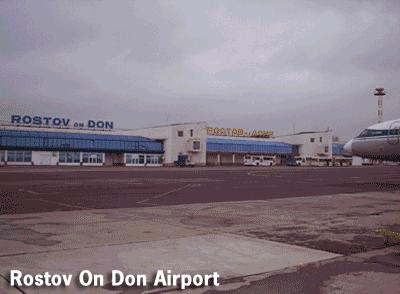 These
are the city of Moscow and Moscow Region, St. Petersburg, Samara Region,
Krasnodar Territory, Nizhni Novgorod Region, Republic of Tatarstan,
Rostov Region and Republic of Bashkortostan. These
are the city of Moscow and Moscow Region, St. Petersburg, Samara Region,
Krasnodar Territory, Nizhni Novgorod Region, Republic of Tatarstan,
Rostov Region and Republic of Bashkortostan.
Taken together, they account for 45% of
Russia’s GDP and host 7 of the 11 Russian cities with over one
million inhabitants. Regional economic structures differ considerably,
with some depending mainly on agriculture, others on extractive industries,
retail trade or manufacturing.
The global financial crisis has hit Russia
and its regions hard.
Social unrest has occurred in a number
of cities and regions, fuelled by rising unemployment and the slump
in commodity prices.
The economic downturn has also put pressure
on regional budgets and increased the weight of transfers from the federal
center.
The crisis has again highlighted the need
for modernization and diversification of the Russian economy.
Taken by FDI activity in recent years,
it seems that opportunities abound in several non-energy-related sectors.
Besides unmet demand for many products there are large infrastructure
shortages as well. However, conditions for doing business will need
to improve in order for (foreign and domestic) investment levels to
increase in a more sustainable fashion.
Russia’s 83 regions vary greatly
in terms of population and geographical size, market access, resource
endowments and level of economic development. An appropriate regional
economic policy is essential to avoid too much divergence among the
regions.
According to the World Bank, an effective
strategy for regional development would need to balance three pillars:
equalization policy, active regional policy and spatial policy.
Regional development strategies in Russia
used to focus on equalization policy via a transfer system between the
centre and the regions. A more active regional policy moved into the
spotlight with the establishment of special economic zones in 2005.
The SEZs fall into different categories,
with some built around existing growth centers and others of a greenfield
type.
Whether especially the greenfield SEZ
will prove successful is still uncertain given distortions in the allocation
of labor and capital as well as potentially high opportunity costs.
Some of the tourism SEZs may face constraints
due to lack of accessibility and underdeveloped infrastructure.
To make matters worse, the current economic
crisis puts future infrastructure spending at risk.
Another factor for the success of active
regional policy is the commitment of the regions themselves.
In this context, it is positive that the
SEZs have been selected in a competitive process among the regions.
Gordon Feller
|



![]()
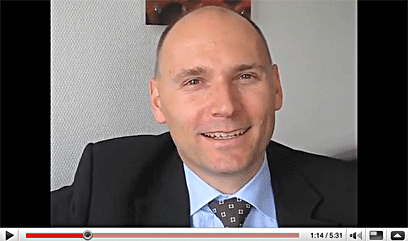
![]()

![]()
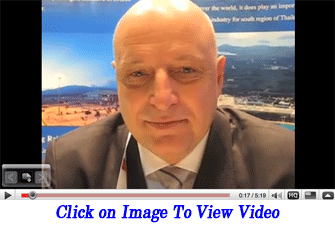
![]()
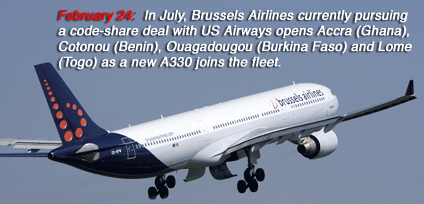






 These
are the city of Moscow and Moscow Region, St. Petersburg, Samara Region,
Krasnodar Territory, Nizhni Novgorod Region, Republic of Tatarstan,
Rostov Region and Republic of Bashkortostan.
These
are the city of Moscow and Moscow Region, St. Petersburg, Samara Region,
Krasnodar Territory, Nizhni Novgorod Region, Republic of Tatarstan,
Rostov Region and Republic of Bashkortostan.  Incongruity
Incongruity
 Air
Cargo News FlyingTypers leads the way again as the world’s first air
cargo publication to connect the industry to the broadly expanding and
interactive base for social commentary—Twitter.
Air
Cargo News FlyingTypers leads the way again as the world’s first air
cargo publication to connect the industry to the broadly expanding and
interactive base for social commentary—Twitter.
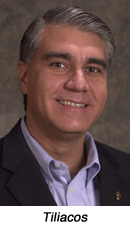 February
26: AA Cargo named John Tiliacos VP cargo operations
succeeding Mark Najarian, who is now AA MD JFK International Airport
in New York.
February
26: AA Cargo named John Tiliacos VP cargo operations
succeeding Mark Najarian, who is now AA MD JFK International Airport
in New York. 
 The
first 5K Runway Run occurred in April 1972 and has gone off every year
since then without a hitch, raising money for others as well as a good
time for race participants.
The
first 5K Runway Run occurred in April 1972 and has gone off every year
since then without a hitch, raising money for others as well as a good
time for race participants.